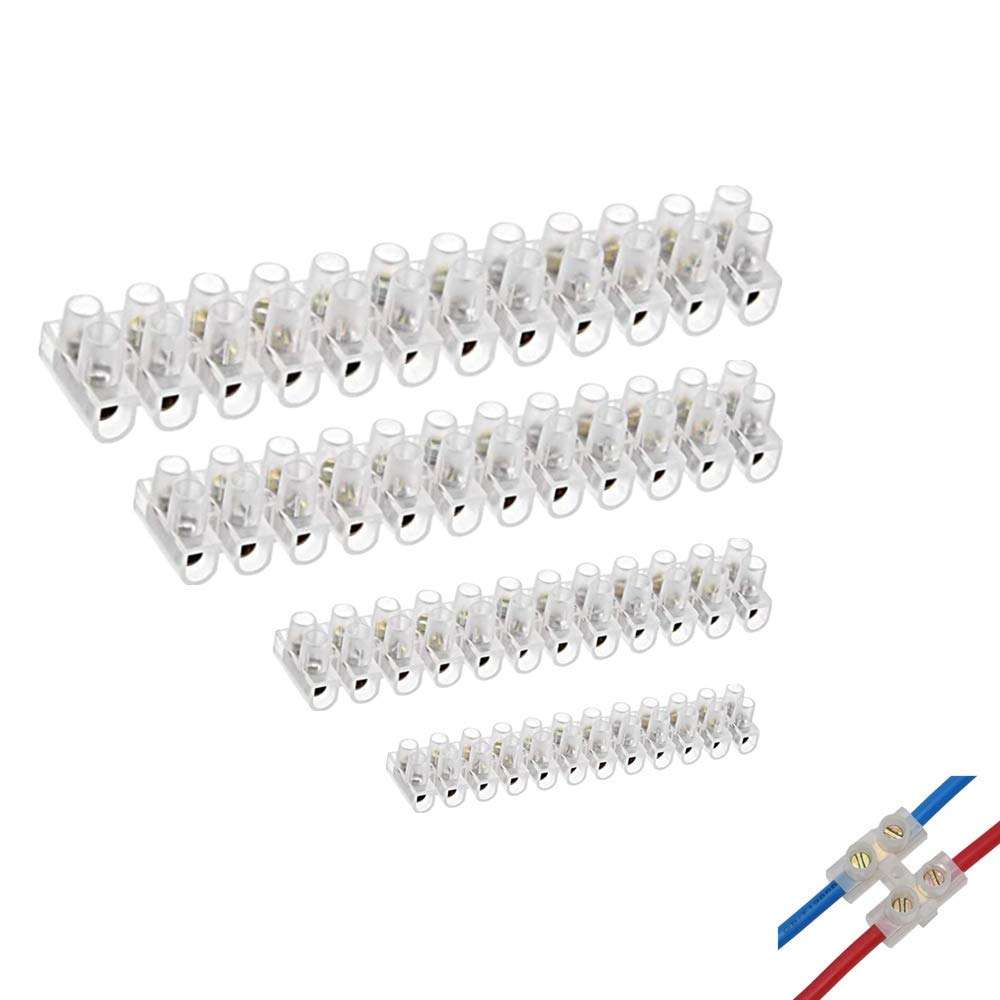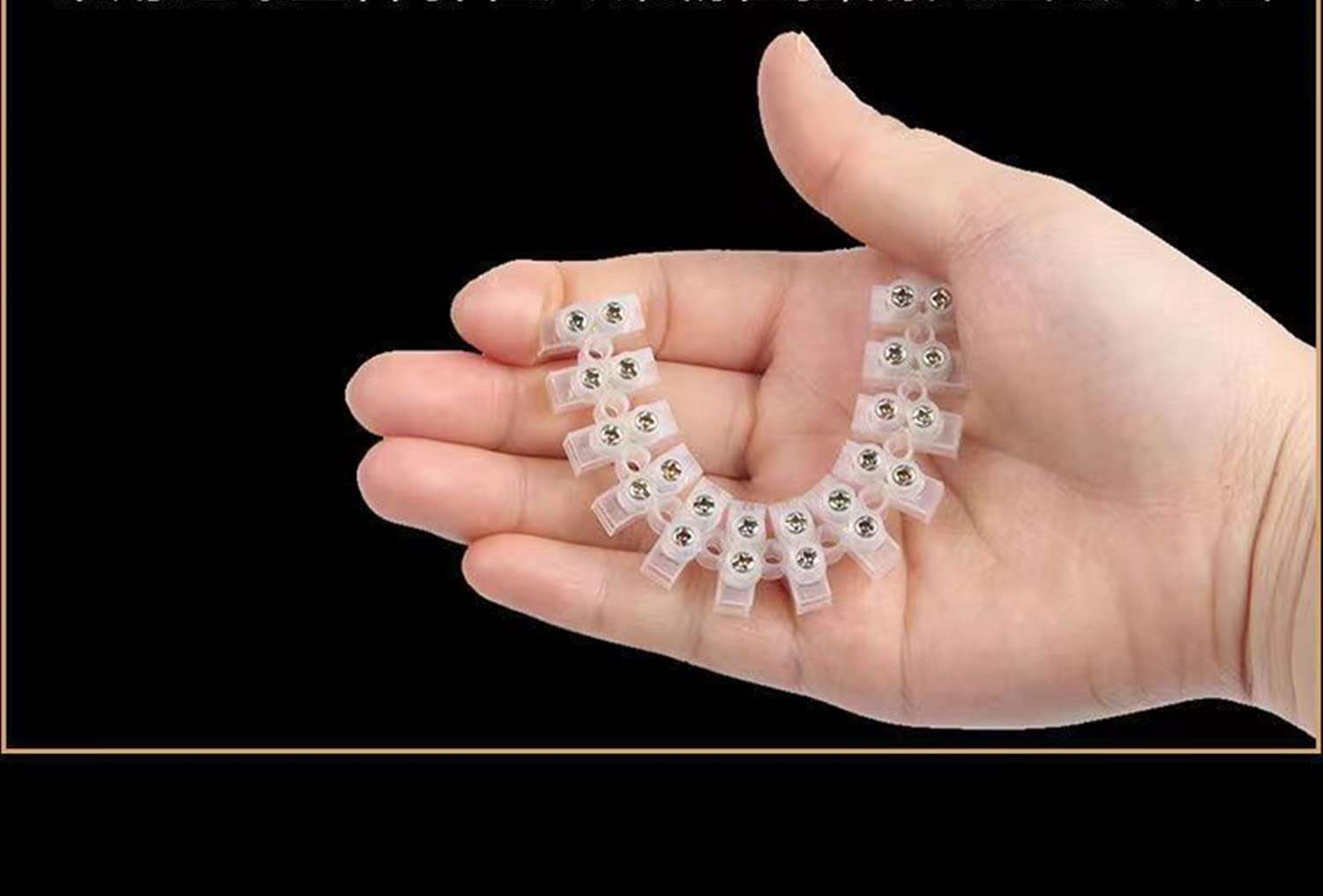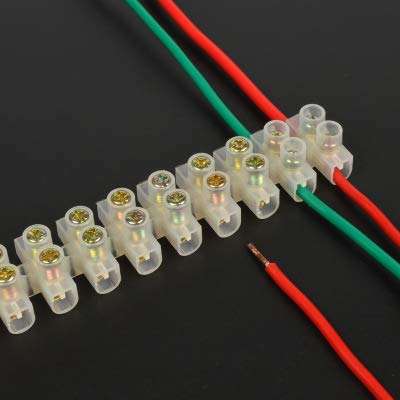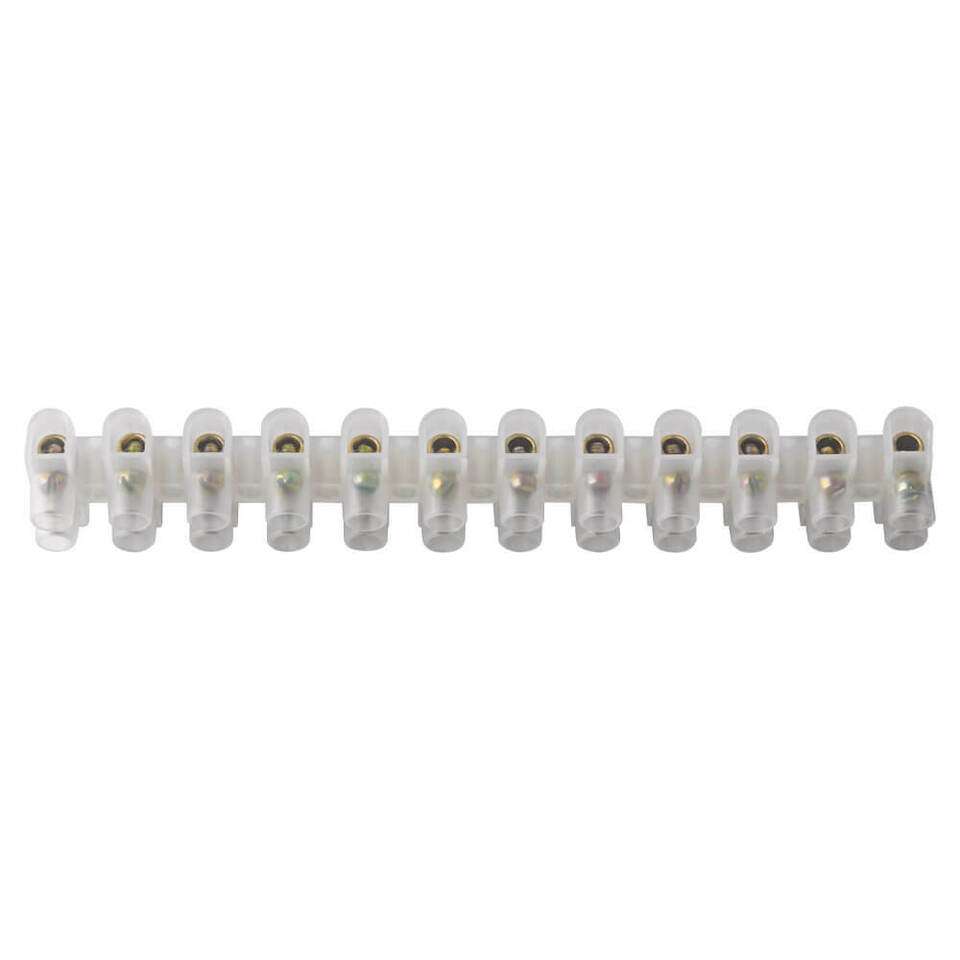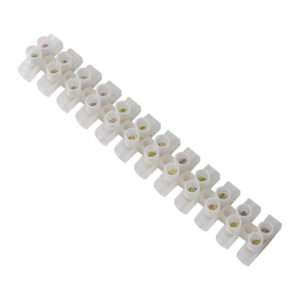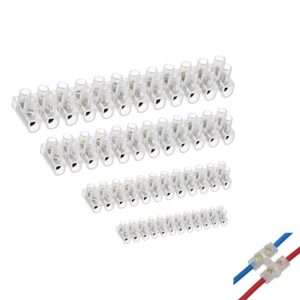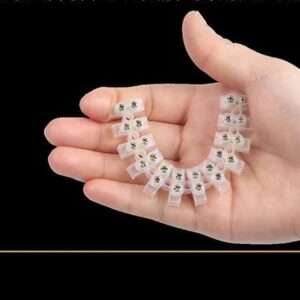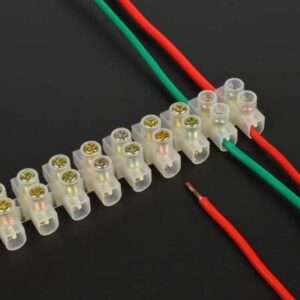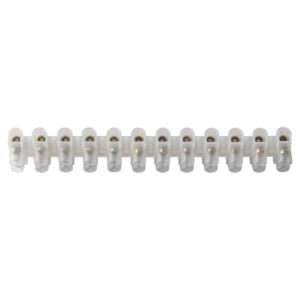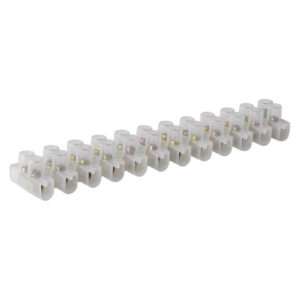Barrier Strips Overview
Barrier strips stand as screw-type electrical connectors facilitating the connection of multiple circuits. Wires are securely clamped to a metal component through the tightening of screws. The arrangement of multiple screw terminals ensures that metal strips are separated by a barrier or insulating block.
How do Barrier Strips Operate?
Each barrier strip incorporates a pair of screws arranged so that each screw connects to a separate conductor on either end of the strip. In an alternative configuration, terminal strips feature several screws along two strips, forming a bus bar for power distribution.
Barrier strips exhibit versatility, accommodating a wide range of wire sizes and providing a secure connection. The term “contact” designates the wire attached to the barrier, while the contact pitch indicates the distance between each contact, measured from the center of each opening or hole.
Applications of Barrier Strips
Barrier strips play a crucial role in electrical wiring, facilitating the distribution of electricity and the connection of switches, electrical outlets, and lighting fixtures to the mains. Moreover, they are utilized to directly link major appliances such as ovens. Barrier strips also find application in surge protectors and speaker systems.
Do you have a question?
Drop us a line by compiling the form below. We will be more than happy to reply to any of your questions!



